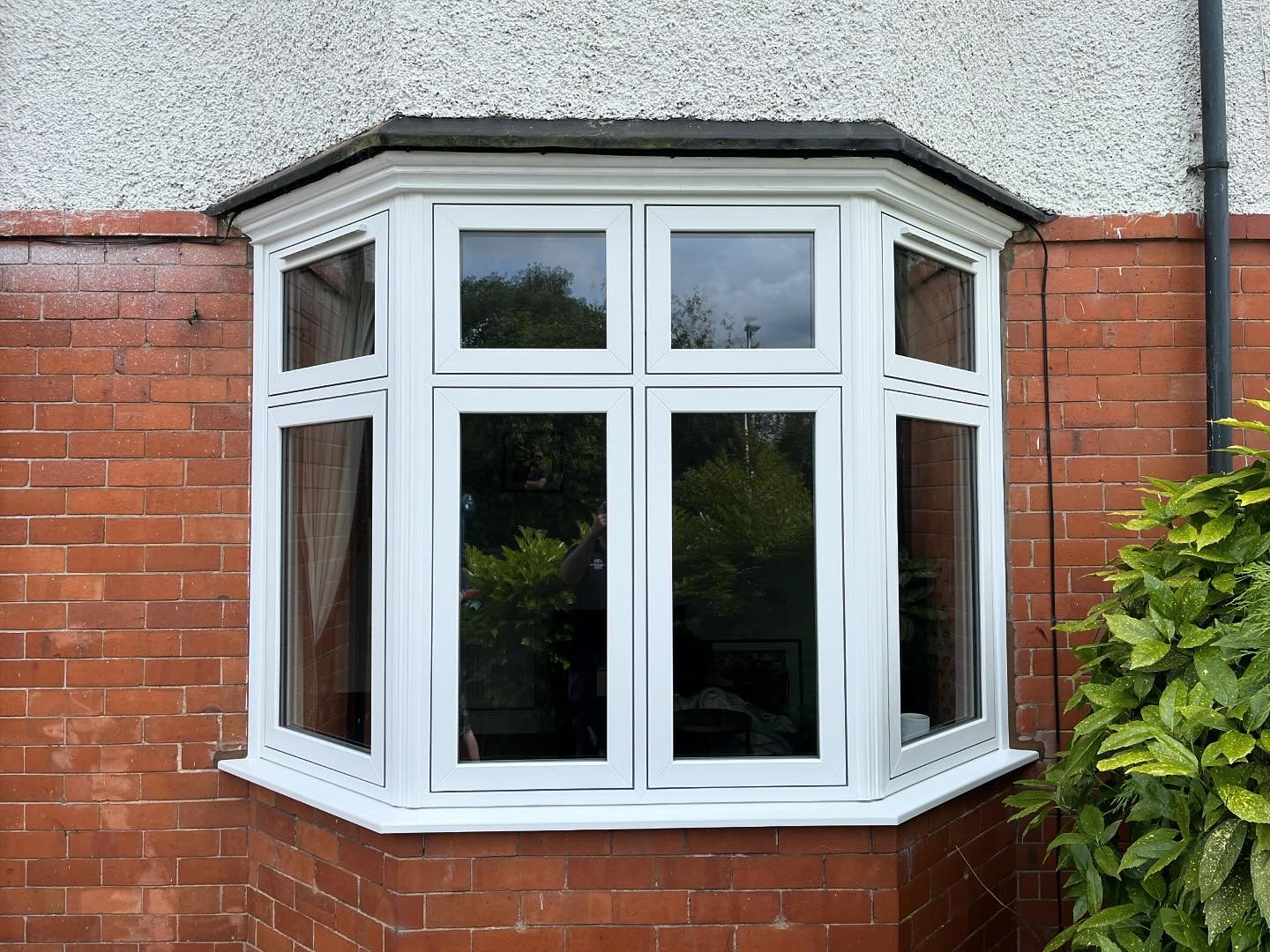Double glazing is a popular window design that consists of two panes of glass separated by a space filled with air or gas. This construction significantly enhances the thermal insulation of buildings, making them more energy-efficient and comfortable. In this report, we will explore the benefits of double glazing, the various types available, and the installation process, ensuring you have a comprehensive understanding of this essential feature in modern architecture.

Benefits of Double Glazing
- Energy Efficiency: One of the primary benefits of double glazing is its ability to reduce heat loss in winter and keep buildings cooler in summer. The insulating properties of the air or gas between the panes minimize the transfer of heat, leading to lower energy bills and a reduced carbon footprint.
- Noise Reduction: Double-glazed windows are effective at reducing external noise, making them ideal for homes located in busy urban areas or near highways. The additional pane of glass acts as a barrier, dampening sound vibrations and creating a quieter indoor environment.
- Enhanced Security: The additional pane of glass makes double-glazed windows more difficult to break, providing an extra layer of security against potential intruders. Many double-glazed units also come with reinforced frames and locking mechanisms, further enhancing safety.
- UV Protection: Double glazing can block a significant portion of harmful ultraviolet (UV) rays from the sun. This protection helps prevent fading of furniture, carpets, and other interior decor, prolonging their lifespan and maintaining the aesthetic appeal of your home.
- Condensation Reduction: The insulating properties of double glazing help to minimize condensation on windows. This is particularly beneficial in areas prone to high humidity, as it can prevent mold growth and water damage.
Types of Double Glazing
Double glazing comes in various forms, each designed to cater to different needs and preferences. Here are some common types:
- Standard Double Glazing: This is the most common type, consisting of two panes of glass with an air gap in between. It is suitable for residential and commercial buildings looking for basic insulation and noise reduction.
- Low-E Double Glazing: Low-emissivity (Low-E) glass is coated with a thin layer of metallic oxide that reflects heat back into the room while allowing light to enter. This type of double glazing is particularly effective in reducing energy costs and improving thermal performance.
- Argon Gas Double Glazing: In this type, the space between the two panes is filled with argon gas, which is denser than air and provides better insulation. Argon gas double glazing is highly effective in preventing heat loss and is commonly used in energy-efficient buildings.
- Triple Glazing: While technically not double glazing, triple glazing consists of three panes of glass. It offers even greater insulation and noise reduction compared to double glazing, making it suitable for extreme climates or locations where noise is a significant concern.
- Acoustic Double Glazing: Designed specifically to reduce noise pollution, acoustic double glazing features thicker glass panes and a specialized air gap. This type is ideal for homes near airports, train tracks, or busy streets.
Installation Process
The installation of double glazing involves several steps, and it is recommended to hire a professional for the job to ensure optimal performance and compliance with building regulations. Here’s an overview of the installation process:
- Assessment and Measurement: A professional installer will assess your current windows and take precise measurements to determine the size and type of double glazing needed.
- Choosing the Right Glass: Based on your preferences and requirements, you will need to choose the right type of double glazing. Factors to consider include energy efficiency, noise reduction, and aesthetic appeal.
- Preparation: Before installation, the area around the windows must be prepared. This may involve removing old windows, repairing any damage to the frame, and ensuring the opening is clean and ready for the new units.
- Installation of New Frames: If necessary, new frames will be installed to accommodate the double-glazed units. Proper installation is crucial to ensure a tight seal and prevent air leaks.
- Fitting the Double-Glazed Units: The double-glazed windows are then fitted into the frames. It is essential to check for proper alignment and sealing to maximize insulation and prevent moisture ingress.
- Sealing and Finishing: Once the units are in place, the installer will seal the edges with silicone or other sealing materials to ensure a weather-tight fit. Any finishing touches, such as trim or paint, will also be completed at this stage.
- Final Inspection: After installation, a final inspection will be conducted to ensure everything is in order and functioning correctly. The installer will also provide guidance on maintenance and care for your new windows.
Conclusion
Double glazing is an effective solution for enhancing the energy efficiency, comfort, and security of homes and commercial buildings. With various types available to suit different needs, it is important to consider factors such as insulation, noise reduction, and UV protection when selecting double-glazed windows. Proper installation is crucial for achieving the maximum benefits of double glazing, so it is advisable to engage a professional installer. By investing in double glazing, homeowners can enjoy a more comfortable living environment while also contributing to energy conservation and sustainability efforts. As energy costs continue to rise and environmental concerns become increasingly pressing, double glazing stands out as a practical and beneficial choice for modern architecture.






